Patrick Palmer: Studio Visit
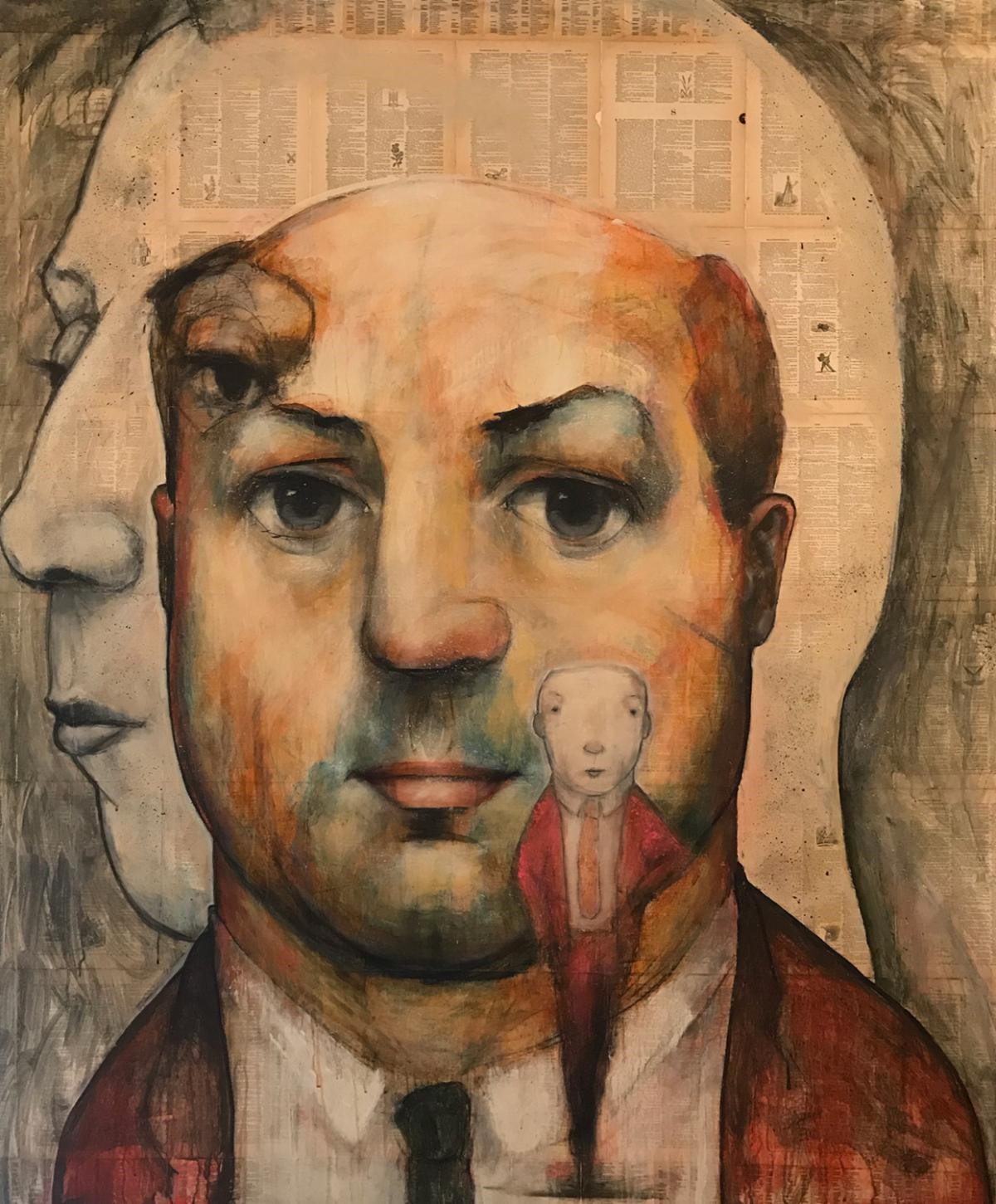
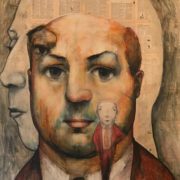
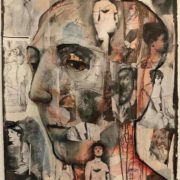
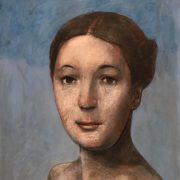
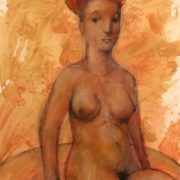 +7
+7 Patrick Palmer: Studio Visit
Patrick Palmer: Studio Visit
Patrick Palmer: Studio Visit
Patrick Palmer: Studio Visit
Patrick Palmer: Studio Visit
On a recent studio visit, I chit-chatted with Patrick Palmer about his upcoming gallery exhibition, the virus’s impact on his teaching, and artistic inspiration.
Virginia Billeaud Anderson: In February, it was a done deal, you accepted a three week long art residency in Germany, in June and July, with a July 9 solo exhibition. Quickly, the virus screwed that up, in fact, isn’t Angela Merkel quarantining visitors? Must have broken your heart. Will you have the opportunity to go next year?
Patrick Palmer: Yes. Thankfully my Germany art residency and one-person exhibit just got pushed back 12 months, so hopefully by next June traveling will be a reality again!
VBA: You have Lynet McDonald to thank for giving me a heads up on your exhibition at Redbud Gallery. Lynet showed me the exhibition catalog she created for Gus Kopriva, it’s splendid Patrick, congratulations. Tell readers about your exhibition.
PP: My show “My Imaginary Mentor: Alexej Jawlensky” opens on September 5, and runs through November 3, 2020, with an Opening Reception on Saturday September 5, 6-9pm, a real reception. I will be showing about 40 artworks, human figure of course – paintings, mixed-media works on paper, and sketches. Some of the paintings have ink washes, some have collage elements. The sketches have watercolor, some with pen and ink, and colored pencils.
VBA: Not everyone gets to hang for two months, must be because you’re BIG.
PP: I’ve wanted to show at Redbud for YEARS!! Naturally my joy is in the actual art making, however with my full-time job, I don’t have the energy to go running around searching for exhibition opportunities, so I’m thrilled about this show, and about next summer’s exhibition.
VBA: Gus is no fool. Explain your exhibition title, which conjures Alexej Jawlensky, a master of the Expressionist style.
PP: When I was a kid I had the opportunity to see German Expressionist art at the Pasadena Art Museum in California. The collection had many womens’ heads by Jawlensky, which taught me at a very young age that a human figure could be represented with orange flesh or green hair for instance, or with heavily applied messy brushstrokes to stir up emotions. I closely studied Jawlensky’s work to see how he stylized and abstracted the human head, while respecting his realistic training. “My Imaginary Mentor: Alexej Jawlensky” was actually the title I chose for the work I planned to show in Germany.
VBA: I would say you followed closely on your mentor’s tail, heavy into Expressionism, yet your classical training always shows through, usually in precision of line.
PP: Blame it on nearly fifty years of drawing from the live model, however my figuration has always been highly expressive, so Jawlensky’s art was obviously aesthetically appealing to me. We’ve discussed this before, I want my students to draw exceedingly well, but I need to see individuality within their work.
VBA: Online teaching must have put you in orbit. The absurdity of it, a dedicated teacher since 1981, a Glassell School of Art teacher since 1991, Glassell School of Art’s Dean and Studio School Faculty Chair and Department Head of Art History since August 2011, nearly forty years of lecturing and demonstrating to students who gathered closely around you. Virus slams, and you find yourself teaching with nobody in the room, while fiddling with a laptop camera. Was that a pain in the butt? I heard from a few students that it actually went smoothly, they seemed pleased.
PP: Ha! As you can guess, I am a technical dinosaur!!! So at first I was very nervous about teaching art in an online format, but I adjusted and it has really been a blessing; the students love the format we are using, and are progressing in levels that I would have never anticipated! And this new work of their’s is so good. I think these online Glassell courses are here to stay. We already have students in England, Scotland, Nova Scotia, and Mexico City taking art courses with us, I see online art courses as a valuable resource to both the school and the students in our future. And we are again offering in-person courses.
VBA: What’s with Judith?
PP: As part of my residency I arranged for a young woman named Judith to model for me in Germany. In February of this year she sent me pictures of herself which is when I started the “Judith” series. Of course the trip got cancelled, but I completed 40 full scale mixed media drawings/paintings of women, with Judith as inspiration. Redbud Gallery will show 12 of these.
VBA: Jawlensky looked to van Gogh’s and Matisse’s use of colors. One of your exhibition sketches is of a male figure with a beard that looks like Matisse, is that Matisse?
PP: Jawlensky visited Henri Matisse on trips to France, and Matisse’s abbreviation of the figurative form impacted him. But that image you referenced is actually Alexej.
VBA: Jawlensky’s art shows traces of the religious icons he knew as a young man in Russia. And your art is conversant with the Byzantine icons you saw while barreling through Greece. Equally evident, is your stylistic borrowing from the Greek and Roman sculptures and portrait busts in Italy and the Archaeological Museums of Athens and Delphi.
PP: I am very drawn to the stillness of Orthodox icons. And it’s true, I was floored by the technical proficiency with which Greek artists depicted the figure. The Greek and Roman ancient art I saw gave me the desire to capture that combination of perfect form, and emotional content, like quietness and stillness. An important thing about the “Judith” series is it reinforced for me academic and realistic rendering of the figure.
VBA: God Picasso, to a certain extent, enters your art. He gave us literally thousands of stylized figures, head of Gertrude Stein being my favorite.
PP: Yes, I have been to the Picasso museums in Paris, Barcelona, and Malaga, next on my list is the one in Antibes. Picasso never stopped exploring, there wasn’t an artistic medium that he didn’t work with; he never stopped creating. Like him, I’m showing two small ceramic busts in my Redbud show.
VBA: Lastly, I’ve seen John de la Cruz ‘s antique collection. His specialty is Asian art, which means you and John live with Buddha sculptures and other Asian figurative objects. Do they factor in?
PP: They do. The Asian art is all around us, and we have sculptural heads everywhere! My love of the head goes back decades. The very first painting I ever got was a 1951 German painting of a green man with orange hair. I was 11 or 12, I still have it and I still love it!










































